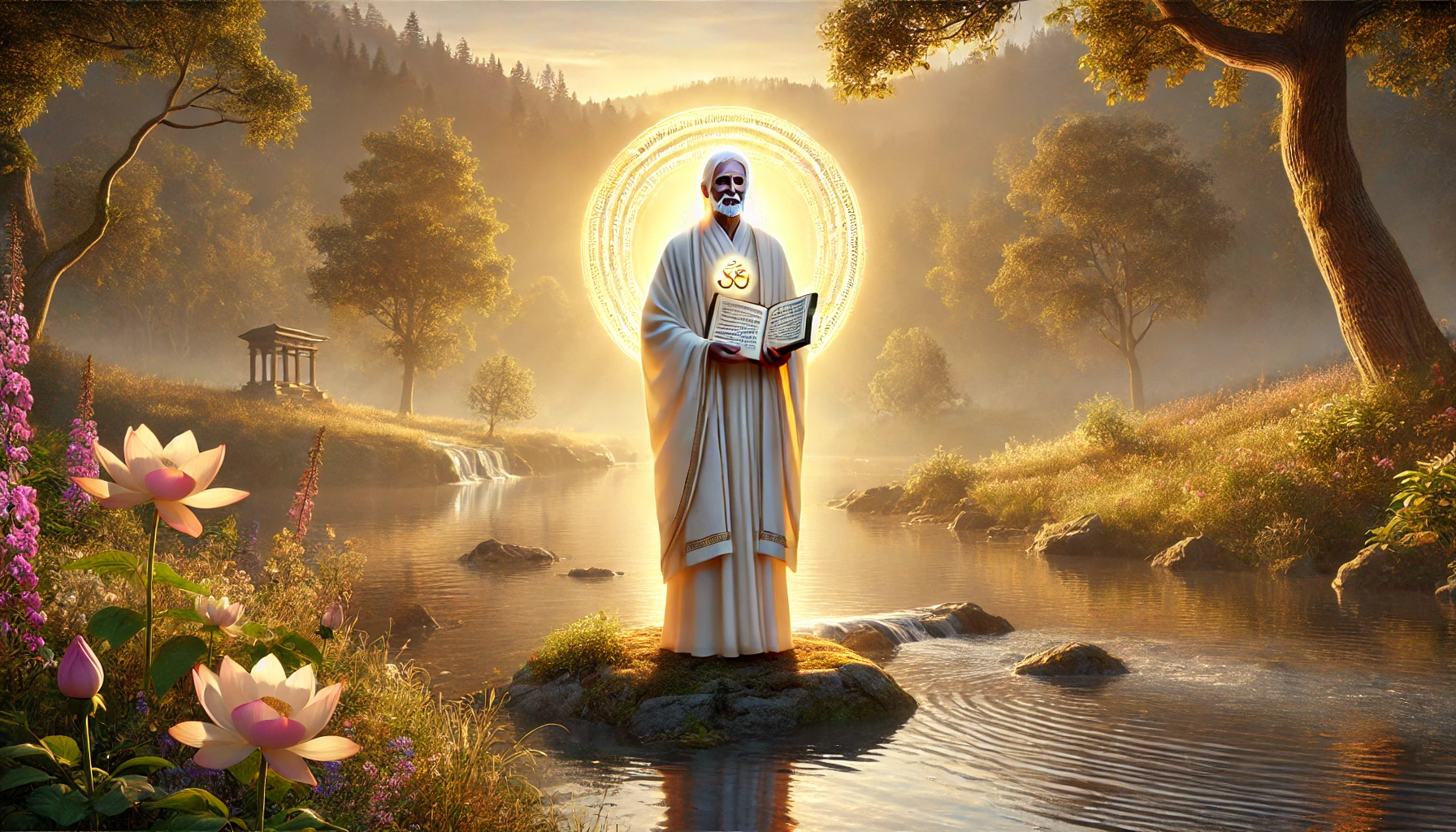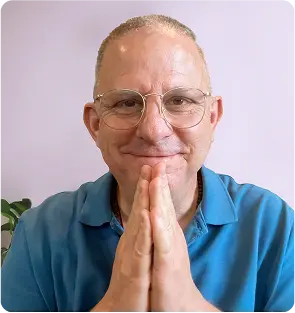Ah, The Externalizer – a fascinating specimen in the complex ecosystem of human personalities.
The externalizer personality often seems confident at first but quickly reveals toxic dynamics. Recognizing the signs of a toxic partner is key to knowing how to deal with toxic relationships before lasting harm occurs.
I grew up in a crazy Externalizer family – filled with toxic patriarchs, drunk matriarchs, toxic feminists, toxic new-agers, toxic Catholics, demanding martyrs, and drug-selling and drug-addicted lunatics, rapists, and abandoners.
Everybody around me was completely broken or deeply confused – borderline, bipolar, and abusive. They project their inner insanity onto each other and I absorbed their pain. I had no choice but to become a healer.
It was a wild circus of narcissistic abuse.
Ahh, but how I learned from this wacky bunch!
Externalizer Personality Explained
Externalization is a coping strategy where individuals attribute their emotions, failures, or challenges to external factors rather than looking inward. It’s a defense mechanism, a way to shield oneself from negative emotions by projecting them outward through abusive, controlling, or dramatic behavior.
This can manifest as blaming others for personal setbacks, avoiding introspection, or seeking validation solely from external sources. It also results in a great deal of drama because whatever the Externalizer is feeling eventually makes its way into their reality – thereby impacting everyone and everything around them.
Externalization involves more than just the redirection of blame and control from oneself to the external world. It represents a multifaceted coping mechanism that individuals employ to navigate the turbulent waters of negative emotions and personal accountability.
At its core, externalization is about attributing one’s emotions, failures, or challenges to factors outside oneself, thereby avoiding the often uncomfortable process of introspection.
This defense mechanism serves as a shield, protecting the individual from the direct confrontation with personal shortcomings or painful emotions. However, the implications of externalization extend beyond personal deflection, touching upon aspects of control and the influence one might exert over their social environment.
Externalizer Personality and the Tendency to Control
Individuals who heavily rely on externalization may also exhibit tendencies to control or manipulate situations and people around them. By refusing to accept personal responsibility, they often seek to direct the narrative of their lives by influencing how others perceive and react to various circumstances.
This need for control can manifest in an insistence on enrolling others into their perspective, convincing them to adopt a similar stance toward external factors as the source of their dilemmas. This behavior not only distances them from personal growth but also has the potential to strain relationships and create conflict within their social circles.
Signs of a Toxic Partner: Drama and Ideological Manipulation
The controlling nature of externalization becomes particularly evident when individuals attempt to enroll others in their drama or ideology. This enrollment is not merely about seeking validation for their viewpoints but also about creating a collective externalization where the responsibility is diffused among many, rather than being shouldered by the individual.
Such dynamics can lead to toxic relationships and environments, where the underlying issues remain unaddressed, and the focus is continually shifted away from personal accountability. The drama becomes a shared narrative, detracting from the ability of each participant to recognize their own role in the situation or to pursue personal growth.
Externalizer Personality and Its Influence on Relationships
The impact of externalization on relationships cannot be overstated. It introduces a layer of complexity where not only is the individual shielded from their emotions, but they also actively seek to control the emotional landscape of their relationships.
This can lead to a breakdown in communication and understanding, as the focus is on external blame rather than on mutual support and growth. Relationships become battlegrounds for ideologies and blame, rather than safe havens for emotional connection and personal development.
How to Deal with Toxic Relationships and Externalizer Challenges
Understanding and addressing the controlling aspects of externalization requires a nuanced approach. It involves recognizing the patterns of behavior that lead to externalization, both in oneself and in others, and gently steering the narrative towards personal responsibility and introspection. This does not mean dismissing the external factors that can indeed influence one’s life but rather balancing this recognition with an awareness of personal agency and emotional responsibility.
Encouraging this balance is essential for fostering healthier relationships and promoting an environment where personal growth and accountability are valued.
While externalization serves as a defense mechanism to protect against negative emotions, its ramifications, particularly in terms of control and influence, underscore the need for a deeper understanding and proactive management of this tendency.
By confronting and navigating these aspects, individuals can embark on a path toward more meaningful and fulfilling interactions, characterized by mutual respect, understanding, and personal growth.
Externalizer Personality: Unraveling the Impact
While externalization is a common aspect of human psychology, an overreliance on this defense mechanism can hinder personal growth and strain relationships. Recognizing these tendencies in ourselves or others is the first step toward fostering healthier interactions and developing a more resilient sense of self.
Externalization, a defense mechanism rooted deeply in the fabric of human psychology, plays a significant role in how individuals process emotions, setbacks, and challenges. While it’s a common strategy for coping with the complexities of life, an overdependence on externalizing personal issues can have profound implications, both for personal development and the health of interpersonal relationships.
Understanding the intricate dynamics of externalization, its effects, and the steps toward mitigating its more negative impacts offers a pathway to richer, more constructive interactions and a stronger, more resilient self-identity.
Externalizer Personality as a Double-Edged Sword
At its core, externalization involves attributing internal distresses and failures to external circumstances or others. This mechanism, while serving as an immediate emotional salve, often leads to a stagnation in personal growth. When individuals consistently externalize, they deny themselves the opportunity for introspection—a critical process for learning, adapting, and evolving. This refusal to acknowledge personal responsibility not only hampers self-improvement but can also sow the seeds of discontent and misunderstanding in relationships.
Recognizing the Tendencies
The journey toward mitigating the impact of externalization begins with recognition. Acknowledging the presence of these tendencies, whether within oneself or observed in others, is a crucial first step.
This awareness creates a foundation for change, enabling individuals to see how externalization might be influencing their perception of events, their reactions to challenges, and their interactions with others. It’s about developing a keen eye for those moments when the blame is shifted outward and asking the pivotal question: “Is there something within myself that I need to address?”
How to Deal with Toxic Relationships by Fostering Healthier Interactions
With recognition comes the opportunity to foster healthier interactions, both with oneself and with others. This involves cultivating a balanced perspective that acknowledges the role of external factors while also taking stock of personal responsibility.
It’s about moving from a mindset of blame to one of empowerment, where challenges are seen as opportunities for growth rather than obstacles imposed by the outside world. In relationships, this shift can lead to more open and honest communication, where issues are addressed constructively, and each person’s role in conflicts is acknowledged and understood.
Developing a More Resilient Self
The benefits of moving beyond excessive externalization extend into the realm of personal resilience. As individuals learn to face and process their emotions internally, they build a stronger, more adaptable self. This resilience is not about ignoring the impact of external circumstances but rather integrating those experiences into a more comprehensive understanding of oneself.
It involves recognizing one’s strengths and weaknesses, learning from both successes and failures, and developing a sense of self that is grounded in reality but not defined by external validation.
Signs of a Partner: Relationship Drama
The tendency to externalize—that is, to attribute one’s internal struggles, emotions, and failings to external factors—is a behavior observed across various groups, each with its own unique set of motivations and underlying factors.
This inclination can be particularly pronounced in individuals who are deeply religious, exhibit martyr-like behaviors, engage in substance use, have borderline personality traits, or frequently consume alcohol to excess.
The reasons for their externalization and the subsequent impact on their social circles are both complex and multifaceted, reflecting a blend of psychological, social, and existential influences.
Externalizer Personality in Religious or Martyr-Like Behaviors
For deeply religious individuals and those who adopt martyr-like stances, externalization often stems from a profound sense of duty or a deeply held belief in a higher moral or spiritual calling. This perspective may lead them to perceive personal struggles as tests of faith or virtue, attributing trials and tribulations to divine will rather than personal choices or circumstances.
The drive to impress their convictions upon others can arise from an earnest desire to share what they perceive as salvific truths, but it can also manifest as a form of externalizing their own inner conflicts. By focusing on converting or saving others, they may inadvertently deflect from addressing their own vulnerabilities or needs.
Externalizer Personality in Substance Use and Personality Traits
For those engaging in substance use or exhibiting borderline personality traits, externalization can serve as a coping mechanism for managing deep-seated pain, trauma, or instability. Substance use, for instance, might initially offer an escape from internal turmoil, but over time, it can lead to a cycle of dependency where the substance becomes the blamed external factor for one’s hardships.
Similarly, individuals with borderline personality disorder (BPD) may experience intense emotions and fears of abandonment, which can result in a pattern of externalizing blame as a way to cope with these overwhelming feelings. The aggression or dramatic behavior often associated with both groups can be a means of communicating distress or attempting to feel control in a world perceived as hostile or indifferent.
Externalizer Personality, Empathy, and Pain
A common thread among these groups is a heightened sensitivity to pain—either their own or that of others—and a desire for this pain to be acknowledged by the world around them. This can lead to behaviors aimed at impressing their inner turmoil onto others, hoping to elicit understanding, sympathy, or even shared suffering. The externalization of their struggles serves both as a call for help and a strategy to validate their experiences.
In doing so, they may inadvertently exert pressure on their relationships, seeking to provoke reactions that mirror their internal chaos. This dynamic can strain social bonds, as those around them are compelled to navigate the delicate balance between offering support and protecting their own emotional well-being.
How to Deal with Toxic Relationships with an Externalizer Personality
The impact of such externalization on interpersonal relationships is significant. For those on the receiving end, it can be challenging to maintain empathy and understanding when faced with the repeated pressure to absorb or react to another’s projected struggles. The key to navigating these relationships lies in recognizing the underlying pain and vulnerability that drives externalization while also establishing healthy boundaries to protect one’s emotional space.
For the externalizers, the path forward involves developing greater self-awareness and learning healthier coping strategies that allow for internal processing of pain and conflict, rather than projecting it outward.
Understanding why certain groups are prone to externalization offers insights into the complexities of human behavior and the profound impact of our internal worlds on our external interactions. By fostering empathy and encouraging constructive approaches to personal growth and coping, it’s possible to create more supportive environments that acknowledge individual pain while promoting healthier, more balanced relationships.
Strategies for Growth and Harmony
In the intricate dance of human relationships and personal development, understanding and managing the tendency to externalize can be transformative. For those who find themselves often looking outward to explain their inner turmoil, and for those on the receiving end of such dynamics, there are pathways to healthier interactions and personal growth.
The journey involves introspection, acceptance, and sometimes, the difficult task of setting boundaries. Here, we explore strategies for both the externalizers and those affected by them, aiming for a more balanced, understanding, and resilient approach to life’s challenges.
How to Deal with Toxic Relationships by Cultivating Self-Awareness
The path to overcoming the habit of externalization begins with self-awareness. This involves a gentle, introspective look at one’s behaviors and the motivations behind them. Recognizing the moments when you’re tempted to place blame externally is a crucial first step. This self-reflection should be undertaken without self-judgment, as the goal is understanding, not self-reproach. Through this process, individuals can begin to unravel the complex tapestry of their emotional landscape, identifying patterns that may have previously been obscured.
How to Deal with Toxic Relationships by Embracing Responsibility
A pivotal moment in the journey away from externalization is the embrace of personal responsibility. This step is about more than just acknowledging one’s role in various situations; it’s about recognizing the power and control we each have over our reactions and emotions. The realization that we can choose how we respond to external stimuli is both empowering and liberating. It marks a shift from a stance of perceived powerlessness to one of proactive engagement with our lives and challenges.
How to Deal with Toxic Relationships Through Seeking Support
The process of changing deeply ingrained habits can be daunting. For those who feel overwhelmed by the prospect of exploring their internal experiences and shifting their response patterns, professional support can be invaluable. Therapists and counselors can offer strategies to navigate emotional turbulence and foster resilience. They provide a supportive space to explore and understand the complexities of one’s internal world, offering guidance and tools for sustainable change.
Developing Understanding
For those on the receiving end of externalization behaviors, cultivating an understanding of these dynamics can be incredibly beneficial. Recognizing that externalization is a defense mechanism rather than a personal attack can change the nature of interactions. This understanding can reduce conflict and foster compassion, opening the door to more constructive communication and connection.
How to Deal with Toxic Relationships by Setting Boundaries
Establishing and maintaining healthy boundaries is essential for protecting one’s emotional well-being. It’s crucial to identify and communicate your needs and limits clearly. Setting boundaries is an act of self-respect and self-care, not selfishness. It signals to others what is acceptable and what is not, paving the way for more respectful and mindful interactions.
Making Informed Decisions
In some situations, it may become clear that distancing oneself from relationships dominated by externalization is necessary for mental health and personal well-being. This decision should be made with careful consideration and, when possible, with the support of trusted friends, family, or professionals. Trusting your judgment and prioritizing your emotional health is paramount, even when it means making difficult choices.
Externalizer Personality and Grooming Others into Vulnerability
At the heart of the externalizer’s interactions with those around them is a deeply human need for connection, validation, and understanding. However, when this need manifests through grooming behaviors aimed at bringing others into a state of extreme vulnerability, it becomes essential to approach the topic with compassion, insight, and a deep sense of empathy. Recognizing these dynamics not only helps us understand the externalizer but also empowers those who find themselves on the receiving end of such behaviors.
The Drive Behind Grooming for Vulnerability
Externalizers, grappling with their own pain and unmet needs, may unconsciously seek to create environments where their experiences and emotions are mirrored by those around them. This grooming process, though often not malicious in intent, aims to deepen bonds through shared vulnerability. However, without awareness and care, it can lead to dynamics where boundaries are blurred, and emotional well-being is compromised.
Grooming behaviors may include constantly sharing one’s own struggles in a way that implicitly demands sympathy or action, pressuring others to divulge their insecurities or pain, or creating scenarios where the externalizer is positioned as the only source of support or understanding. These actions, while seeking to establish a connection, can place undue emotional strain on individuals, making them feel responsible for the externalizer’s emotional state.
Healing & Protection For All
As we reach the conclusion of our exploration into the dynamics of externalization and its impact, it’s crucial to approach both those who have been hurt by externalizer personalities and the externalizers themselves with profound empathy and hope. The journey through these interactions is often fraught with emotional challenges, but it also opens the door to deep healing and personal growth for everyone involved.
For Those Affected by Externalizer Personality
If you’ve been impacted by someone with a tendency to externalize, know that your feelings and experiences are valid. The confusion, exhaustion, and emotional strain you may feel in these relationships are understandable responses to being drawn into another’s unresolved emotional turmoil. It’s important to remember that your primary responsibility is to your own emotional well-being.
This means allowing yourself space to heal, setting boundaries that protect your peace, and seeking support that reinforces your strength and resilience. Your journey is one of self-care and self-respect, recognizing that you are worthy of relationships that bring joy, mutual respect, and genuine connection.
Encouragement and Growth for the Externalizer Personality
For those who recognize externalizing tendencies within themselves, this moment of awareness is a powerful first step toward transformation. It takes courage to look inward and acknowledge the ways in which your actions may have impacted others. But in this acknowledgment lies the potential for profound change.
Seeking professional help is not an admission of defeat; rather, it’s a brave and hopeful step towards understanding and growth. Therapists and counselors can offer invaluable guidance as you work to uncover the roots of your externalization, learn healthier coping mechanisms, and begin to dissolve the projections and obsessions that have stood in the way of true connection.
The process of owning your experiences, emotions, and actions is not easy, but it is incredibly rewarding. It opens up a path to relationships based on authenticity, mutual respect, and deep understanding. By committing to this journey, you’re not just preventing harm to others; you’re also opening yourself up to the kind of personal growth that leads to genuine happiness and fulfilling connections.
A Path of Empathy and Healing
To everyone navigating the complexities of relationships influenced by externalization, remember that change is possible, and healing is within reach. For those who’ve been hurt, embracing your worth and prioritizing your emotional health can transform your life’s narrative. For the externalizers, embracing the journey toward self-awareness and change can radically improve your relationships and your sense of self.
This path is not always easy, but it is rich with potential for healing, growth, and transformation. Together, by fostering understanding, patience, and compassion, we can build a more empathetic and connected world—one where everyone is seen, heard, and valued.
Last Updated; September 18, 2025











